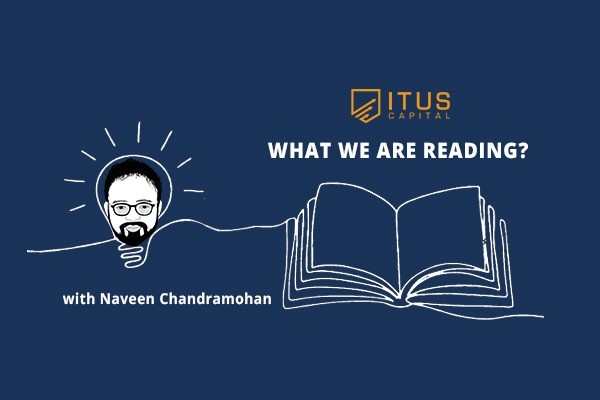
For two decades, China has forced fundamental investors to question some of their most trusted heuristics.
While I have been in the markets for two decades now, China has made one question the rulebook of every fundamental investor.
Why do I say this?
So why is it that the Chinese market has seen an annualized GDP growth of 7.5% over the last 20 years, an inflation growth of 3.4% over the same period, but an equity market growth of <5% CAGR over the same 20 years. (Ideally the equity markets should have reflected a GDP + Inflation growth which would be the fundamental assumption of any long-term consumption driven growth economy).
While this dichotomy is not only rare, but not seen in history, it has caused economists, investors, allocators and macro traders to have various opinion pieces on China. In fact, when I worked in Hongkong from 2008-17, I would have interacted with atleast 30 global economists at various stages who called for the demise of the country and the currency. However, not only did I not see the demise, but continue to see firsthand, the growth of the country in terms of technology and innovation over the last decade.
As an investor or allocator, it’s always important to test your assumptions rather than come to conclusions basis the past and China has been an outlier in this regard.
There are two investors globally I regard as one of the best in the field of investing and both come from the school of thought of managing risk first. One being Stanley Druckenmiller – who was and is a macro trader, and another Bill Gurley (who was the partner at Benchmark) – a VC investor. Yes, as strange as it may seem, a job of a VC investor is to think about downside first, while imagining a better tomorrow. So, when either of them speak, I would always want to listen.
It’s for the first time, that in the last 2 decades that someone has broken down the lens of investing in China from the point of view of:
The article Historical Emergence of the Mass Startup Proliferation Policy is one of the most elaborate pieces written which covers the history of technology dominance in China. I believe any capital allocator, investor or an economist should want to read this at length. However, if you would like a shorter summary of the same, the below are important key takeaways:
The strategic logic is clear – by fostering vast numbers of startups in strategic sectors, China increases its chances to spawn world-class companies and technologies, effectively using quantity as a vehicle for eventual quality.
This model is not perfect but is not clearly understood by most outside China, as there is no history or precedent for this. It does not mean, its flawed.
This model has created some of the world’s largest behemoths – Alibaba, BYD, Huawei, CATL, SenseTime and there are many more the world has not yet heard of. This works for China as Beijing’s objectives are different from what we have seen in the West and this may not work well for shareholder IRR and maximising investor value. The Chinese government has worked on prioritising long-term strategic planning and stability at the cost of markets. Moving forward, this paradigm will continue to shape the trajectory of Chinese companies. Their global expansion and innovation might well proceed at the cost of volatile stock performances and tempered profits and poor long term returns too. Whether this model is sustainable or will evolve to a more investor-friendly approach remains an open question, investors have to contend with. For now, China’s national strategy clearly holds the steering wheel, with market capitalization often along for the ride rather than driving it.
Why “Uninvestable” Is Too Easy
Calling China uninvestable lets us shut the file and move on, but it also forfeits the opportunity. A market that can rerate 40 percent on a single policy pivot cuts both ways: it can punish complacency, but it can also reward patient alignment.
China is not a rigged casino, nor is it a familiar playground. It is a marketplace embedded in a political project. Accept that premise and the mismatch between economic growth and equity returns makes sense. Reject it, and every data point looks like either propaganda or random noise. For investors, the path forward would have to be around following the policy objectives, track the credit flows, and partner with entrepreneurs who translate both into cash flows that can reach minority investors.
That approach will never promise the elegant correlations we enjoy in other markets, but it offers something rarer: exposure to the upside of the world’s most ambitious industrial policy—tempered by the humility that comes from knowing the rules can change tomorrow.